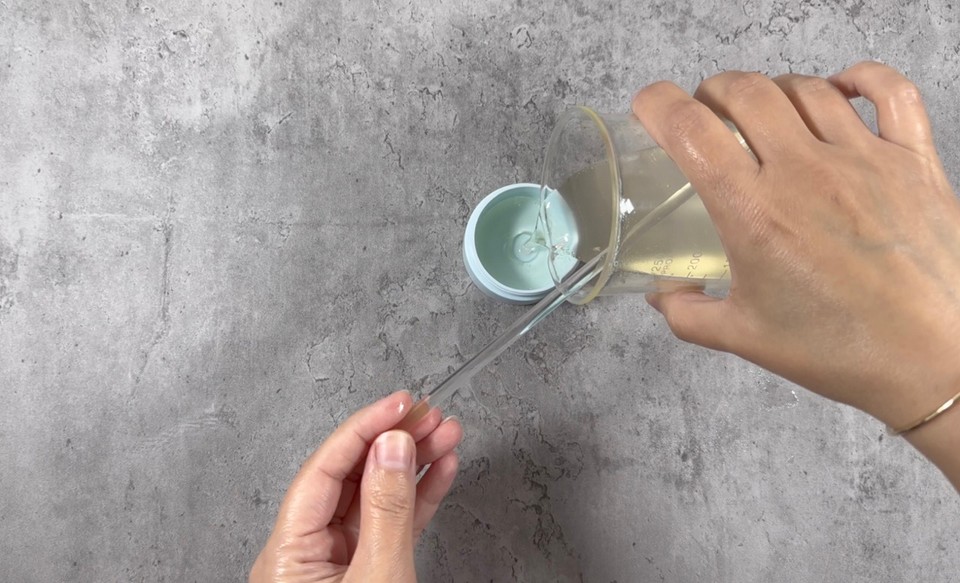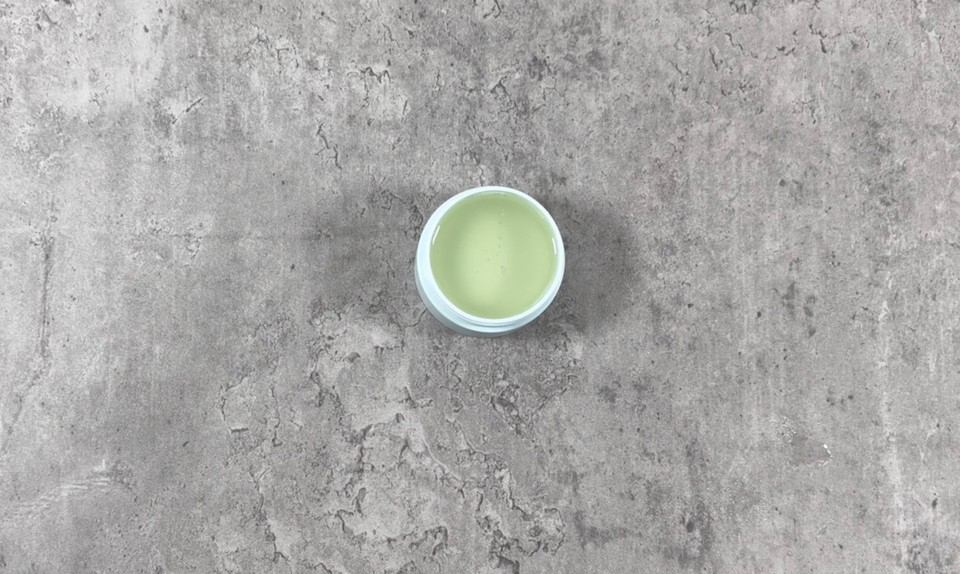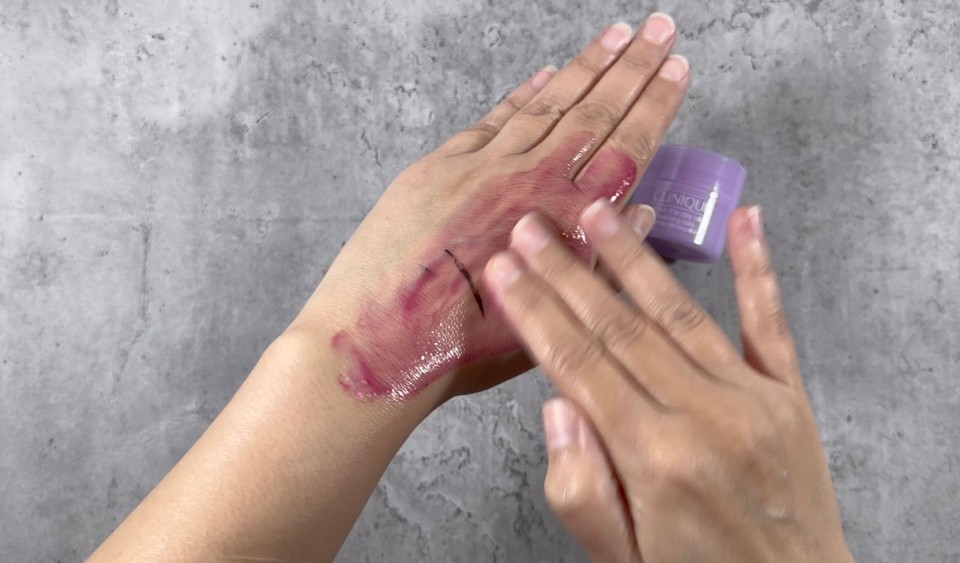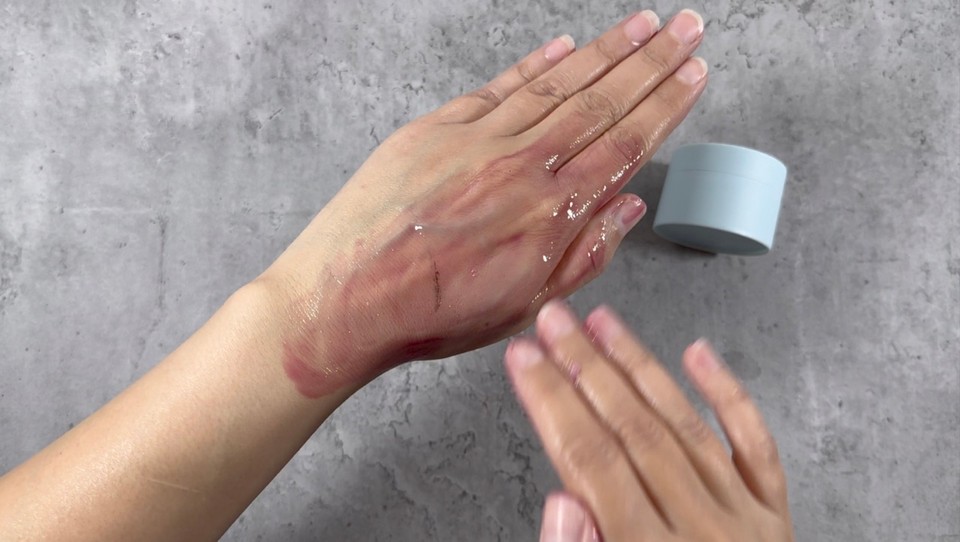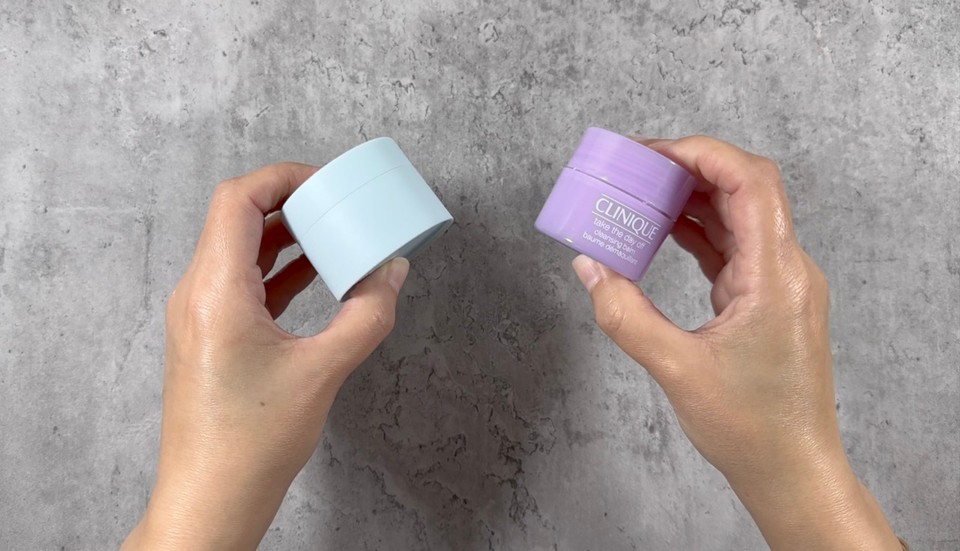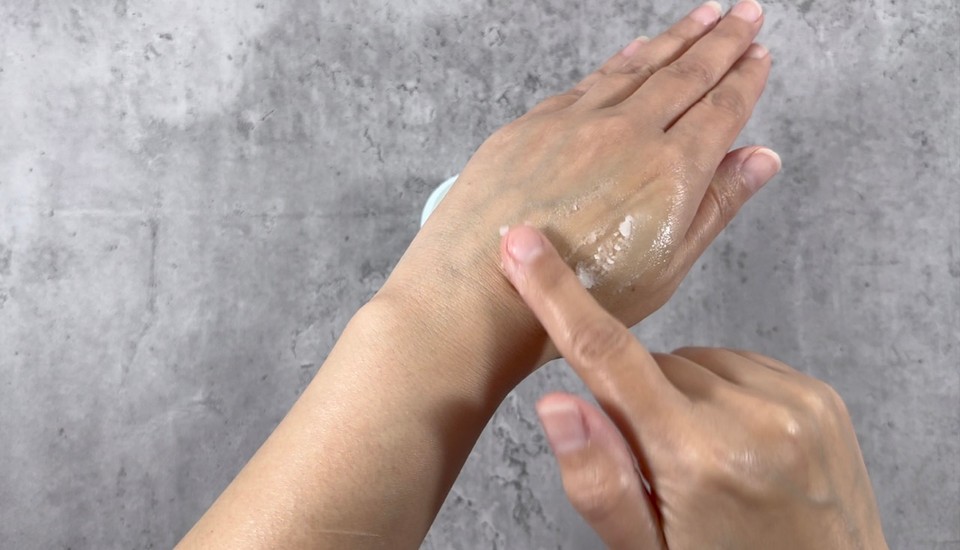'Take The Day Off' By Clinique Dupe Cleansing Balm
| Phase | Ingredient | Percent (%) | Weight (g) |
|---|---|---|---|
| Phase A | Coco caprylate | 27 | 27 |
| Grapeseed oil | 14.7 | 14.7 | |
| Glyceryl Stearate Citrate (emulsifying wax) | 13 | 13 | |
| Cetyl alcohol | 8 | 8 | |
| Phase B | Squalane | 12 | 12 |
| Polysorbate 80 | 20 | 20 | |
| Glycerin | 4 | 4 | |
| Vitamin E | 0.2 | 0.2 | |
| Cosgard (preservative) | 0.8 | 0.8 | |
| Fragrance oil | 0.3 | 0.3 |
Take the day off by Clinique is one of the most popular cleansing balms on the market. "Quickly dissolves tenacious eye and face makeups, sunscreens. Transforms from a solid balm into a silky oil upon application. Cleans thoroughly, rinses off completely".
So I was inspired to make a similar product.
If you like these types of face cleansing balms, you will love this dupe recipe which gives the same results and has the same texture and feel as the original.
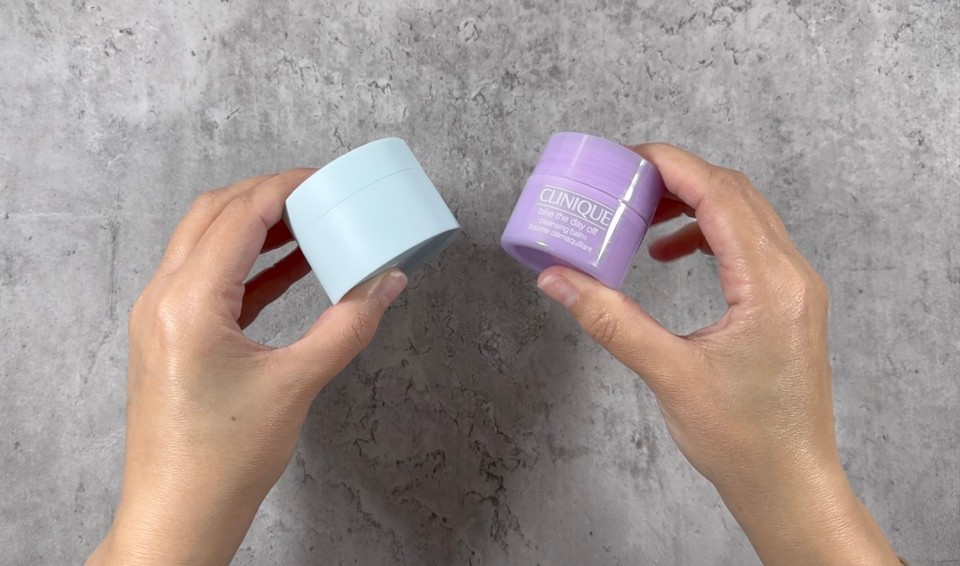
From the reviews I have read online, people describe the texture of this balm as waxy (like a candle) that eventually melts into almost an oil. Also, many people indicated the texture is silky.

The list of ingredients for the Clinique cleansing balm is as follows: Ethylhexyl Palmitate , Carthamus Tinctorius (Safflower) Seed Oil , Caprylic/Capric Triglyceride , Sorbeth-30 Tetraoleate , Polyethylene , Peg-5 Glyceryl Triisostearate , Water\Aqua\Eau , Tocopherol , Phenoxyethanol.
Ethylhexyl Palmitate is the first and main ingredient. Ethylhexyl Palmitate is a mixture of fatty alcohol and palmitic acid that functions in cosmetics products as an emollient. I decided to use coco caprylate to replace it.
Coco caprylate is a light emollient ester that absorbs quickly, leaving a dry but silky, non-oily, smooth, and velvety skin sensation. Coco caprylate is used as a silicone alternative, so coco caprylate in this recipe will be the main emollient.
You can replace the coco caprylate with Isoamyl Laurate (an ester derived from isoamyl alcohol and lauric acid).
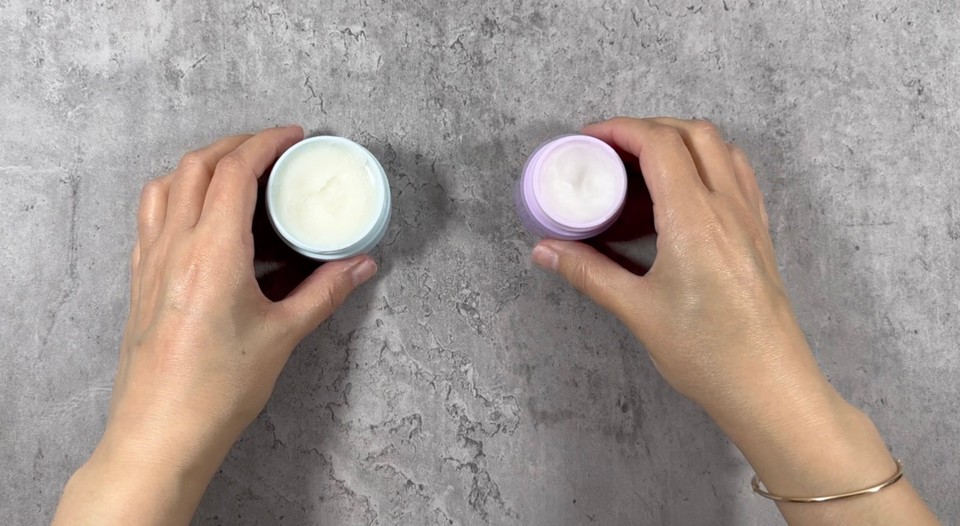
The second ingredient in the Clinique Take the Day Off cleansing balm is Carthamus Tinctorius (Safflower) Seed Oil. Safflower oil is non-comedogenic, meaning it is less likely to clog pores. So in this recipe, we can use safflower or other lightweight oils that are less likely to clog pores.
We can use Grapeseed oil, a lightweight and non-comedogenic oil that closely resembles safflower oil in terms of texture and composition. The skin quickly absorbs it, and it has moisturizing properties. Grapeseed oil is rich in antioxidants and contains linoleic acid, which helps to maintain the skin's moisture barrier.
We can also use Hemp seed oil, another non-comedogenic oil that shares similarities with safflower oil. It has a light consistency and is easily absorbed by the skin without leaving a greasy residue.
The third ingredient in the Clinique cleansing balm is Caprylic/capric triglyceride, made from the fatty acids found in coconut oil. Even though it is made of naturally occurring substances, it cannot be called natural as it undergoes many chemical procedures.
To substitute Caprylic/capric triglyceride, I used Squalane, a lightweight and non-greasy emollient that can serve as an alternative to caprylic/capric triglyceride. It is derived from plants like olives and closely resembles the skin's natural sebum.
You can also replace the Caprylic/capric triglyceride with fractionated coconut oil.
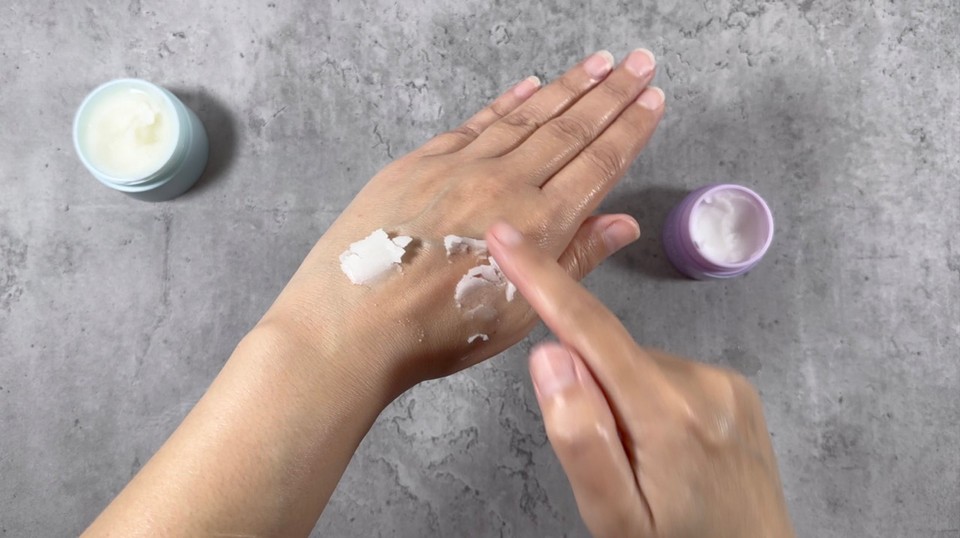
Next is the Sorbeth-30 Tetraoleate, a self-emulsifier and solubilizer. I chose polysorbate 80 to replace it. Polysorbate 80 is commonly included in oil-based cleansing products like cleansing oils and cleansing balms. It enhances their cleansing power and facilitates easy rinsing by acting as an emulsifier and solubilizer.
Next is Polyethylene (a polymer used to unite or bond surfaces together and to hold together the ingredients) and Peg-5 Glyceryl Triisostearate (acts as an emulsifier, helping to stabilize and blend oil and water-based ingredients, in addition, it creates a smooth and luxurious texture in the final product). These ingredients are not easy to find for DIY makers, so instead, I will use Glyceryl Stearate Citrate, a solid emulsifier with moisturizing and conditioning properties.
I also add cetyl alcohol for the silky feel. You can use cetyl alcohol, cetearyl alcohol or berry wax.
Next, in the Clinique cleansing balm, there's water which I will replace with glycerin and Tocopherol (The predominant form of vitamin E in human and animal tissues). And lastly, Phenoxyethanol, a broad-spectrum preservative which I will replace with Cosgard (INCI: Benzyl Alcohol, Dehydroacetic Acid, Aqua). You can use a different preservative. Make sure to use your chosen preservative according to the supplier's instructions.
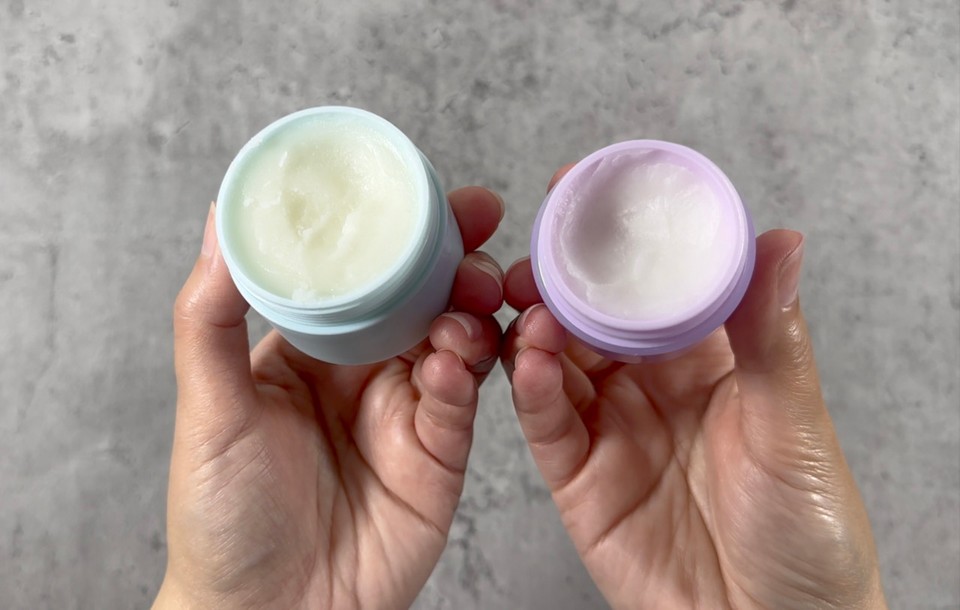
I decided to add a very small percentage of fragrance oil which you can skip, and add this amount to the grapeseed oil or the coco caprylate.
The dupe is very, very similar to the original product. They have the same texture and the same cleansing properties. They both melt quickly once in touch with the skin. Both are non-greasy and very light on the skin.
The dupe is a bit more solid than the original, which is excellent for hot climates and summer weather. I would not change it since the dupe is pretty much the same. If you prefer a less solid product, reduce the Glyceryl Stearate Citrate and add the reduced amount to the coco caprylate.
Both products removed the eye shadow and lipstick very quickly. With waterproof eyeliner, this type of cleansing balm does help to remove most of the eyeliner, but you still need a damp towel to remove it completely.
In the practical test, the dupe was even more efficient and quickly removed the makeup.
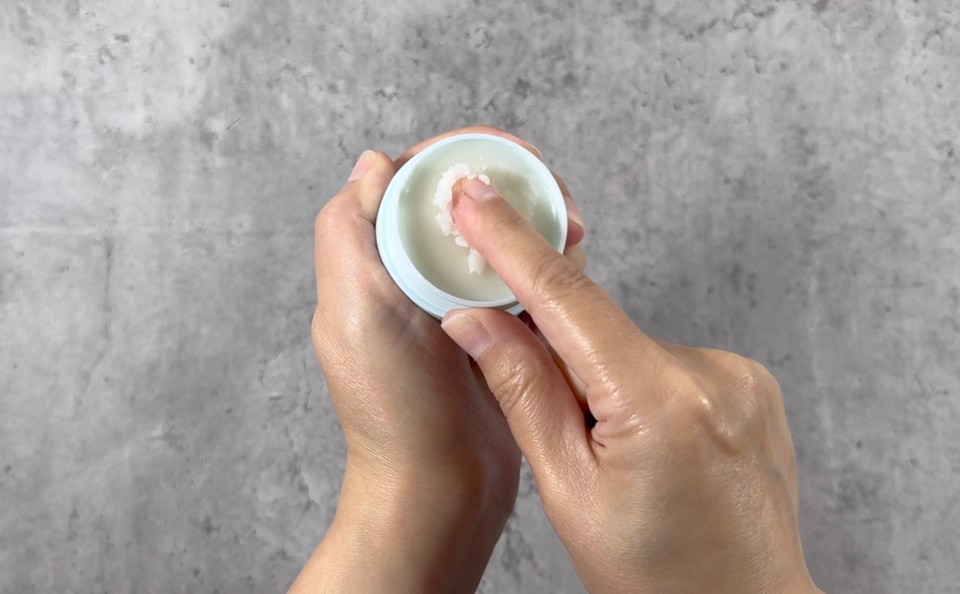
Method:
- In a heat resistance beaker, add phase A ingredients.
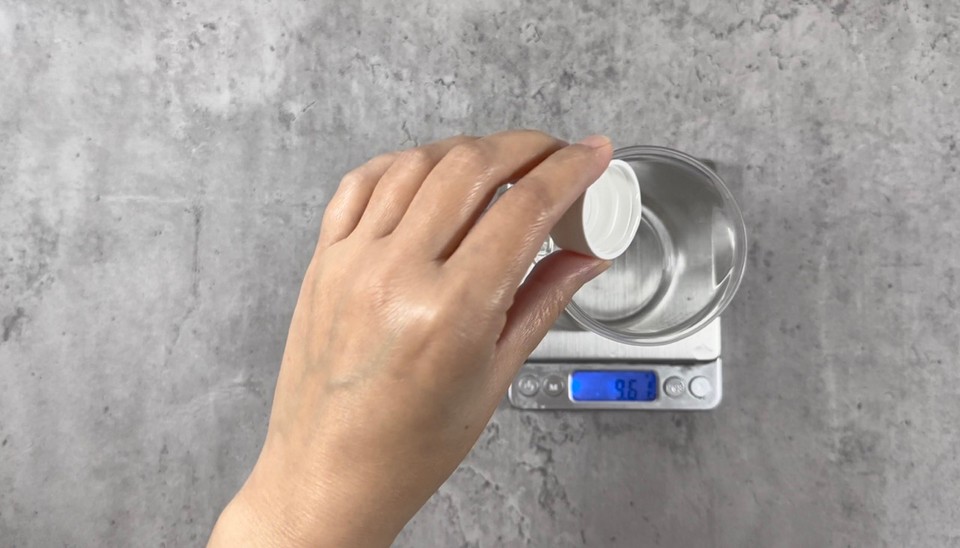
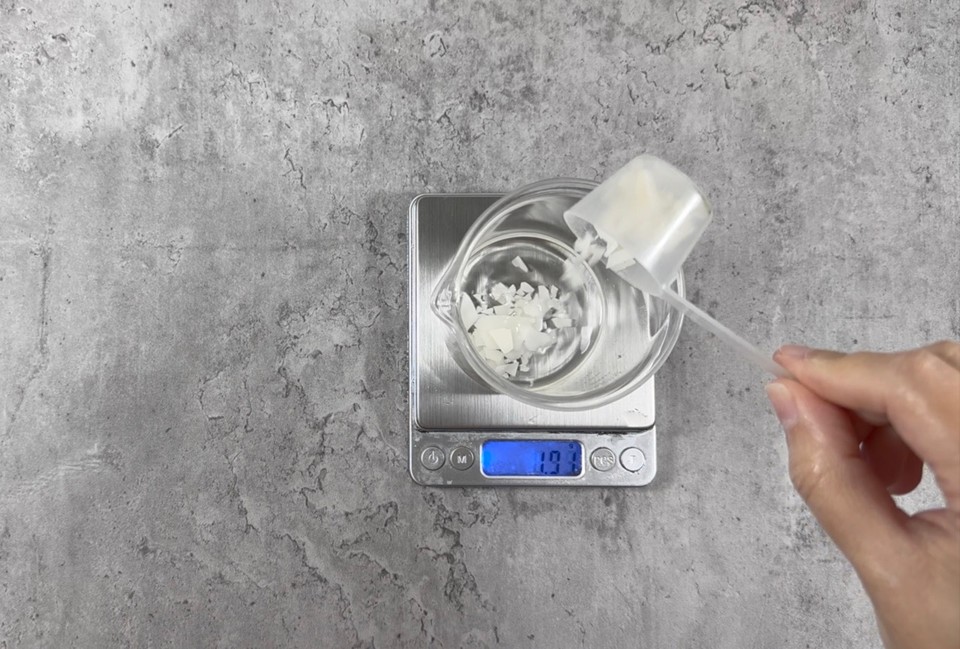
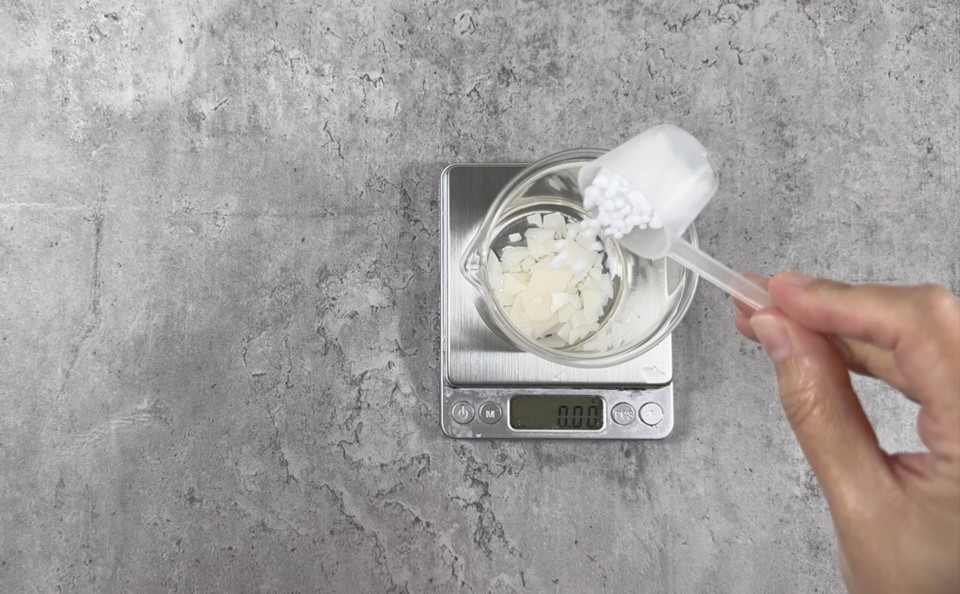

- Place phase A into a double boiler on medium heat to melt everything.

- In another container, add phase B ingredients. Set aside.
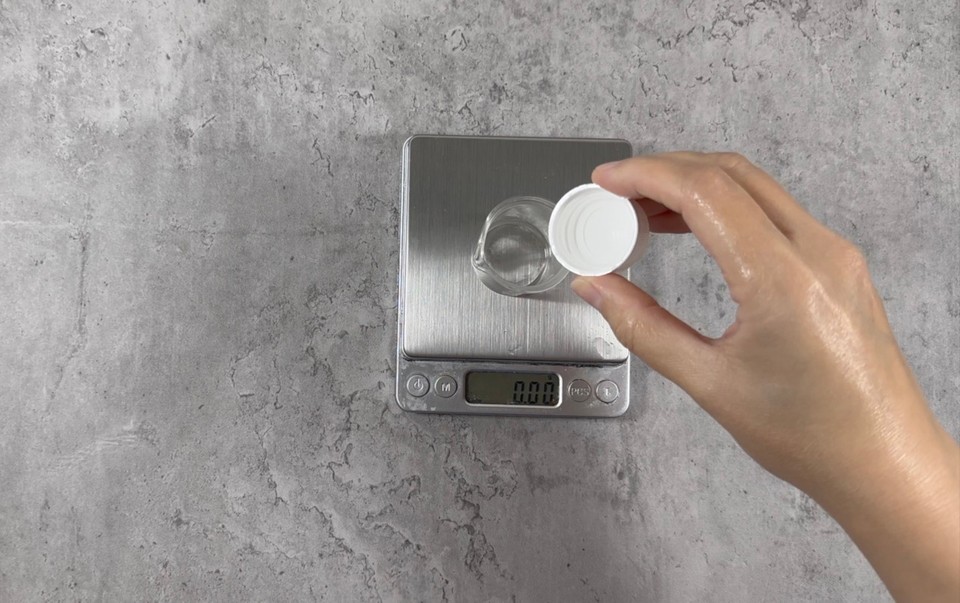
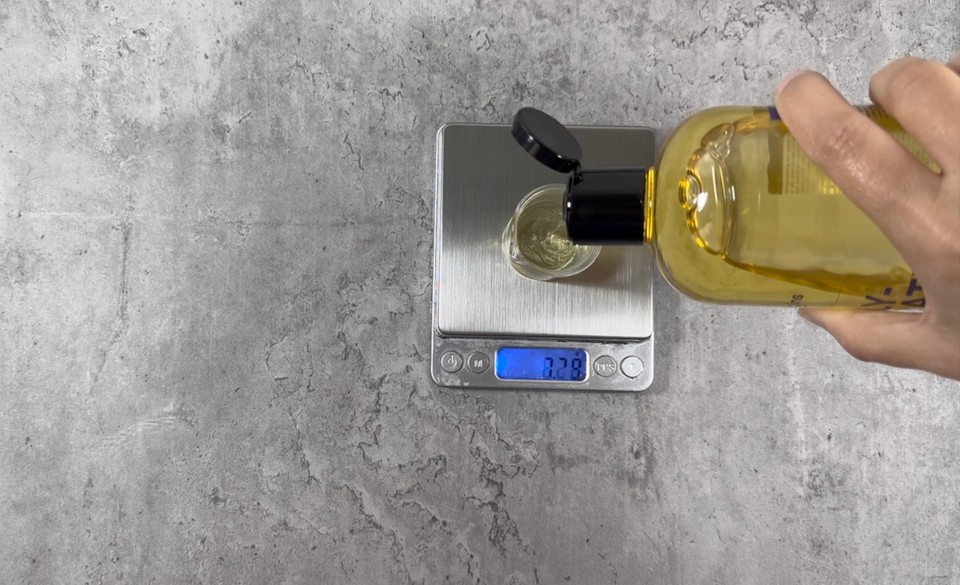
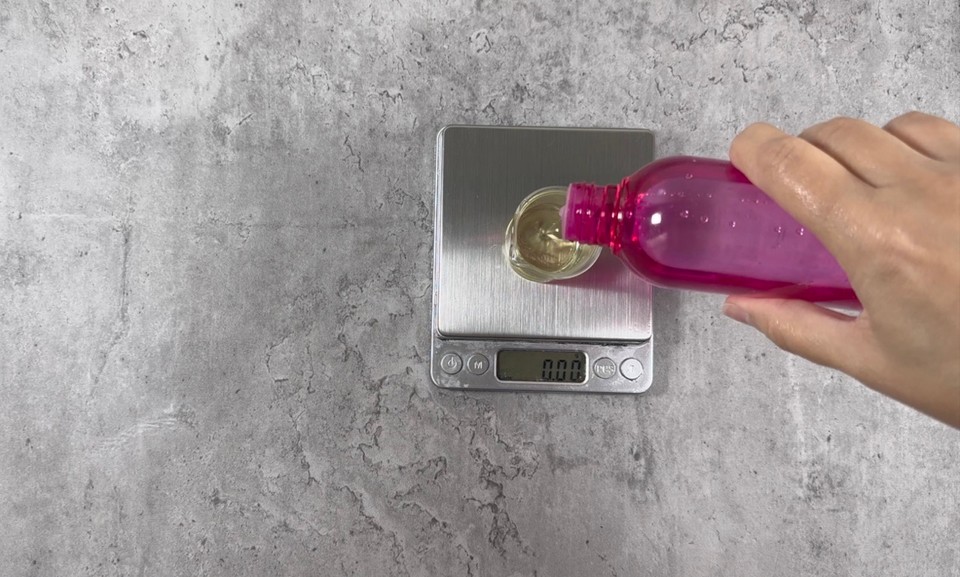
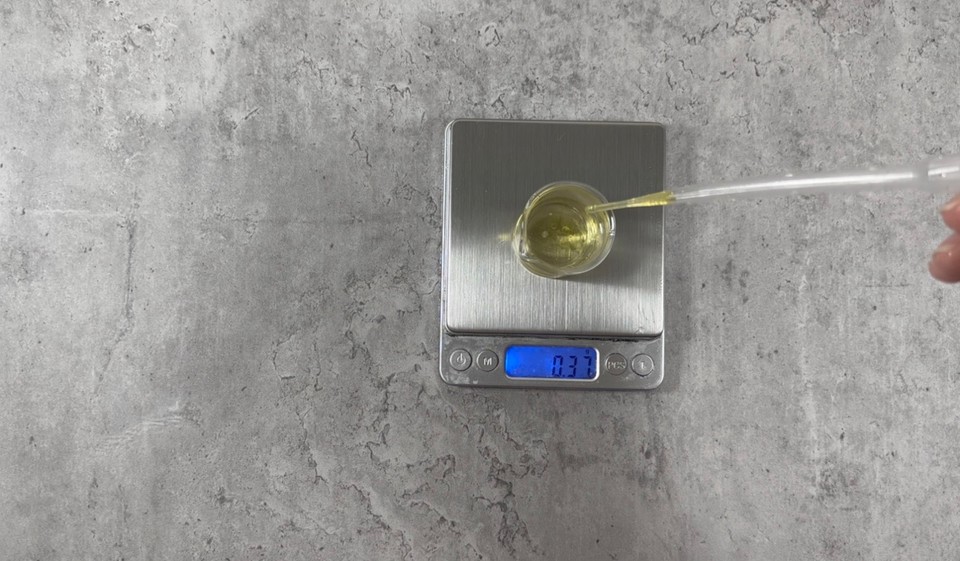
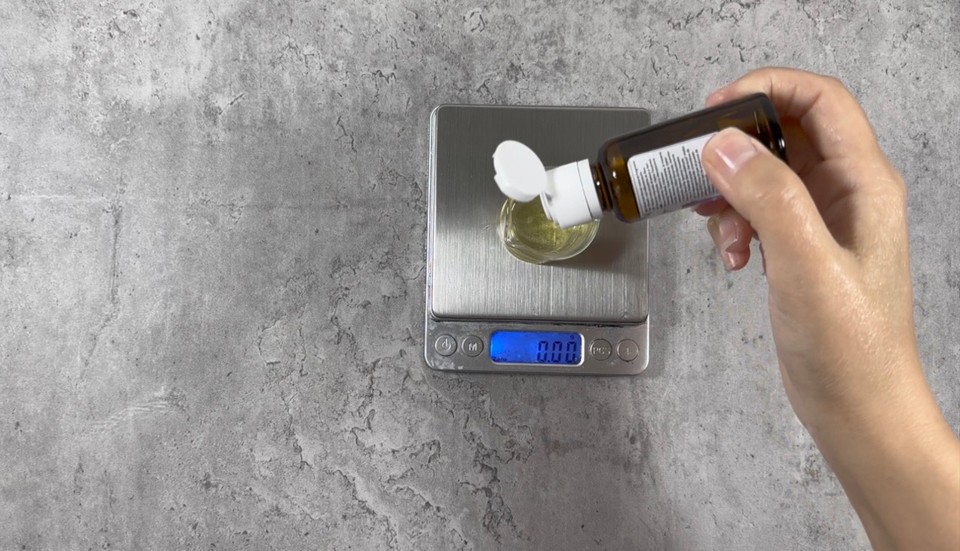
- Remove phase A from the heat.
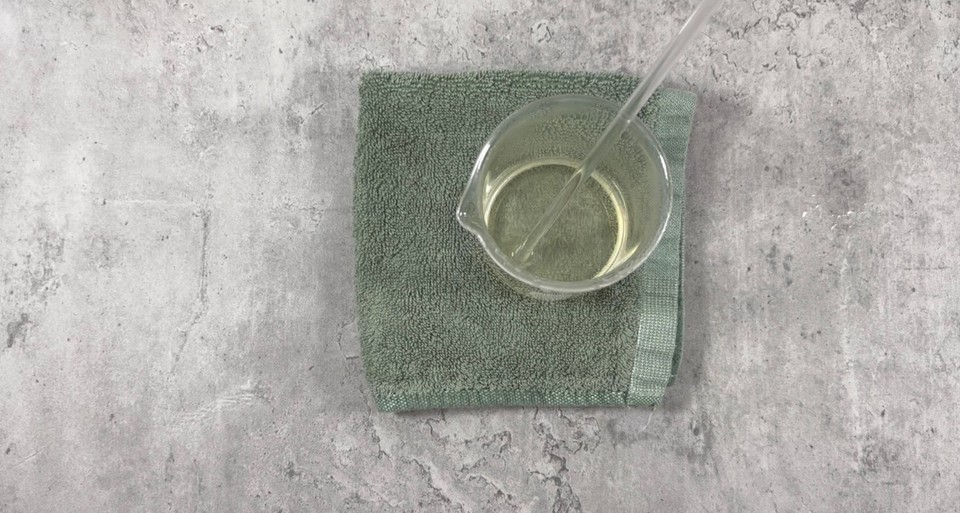
- Add phase B to phase A and mix to combine.
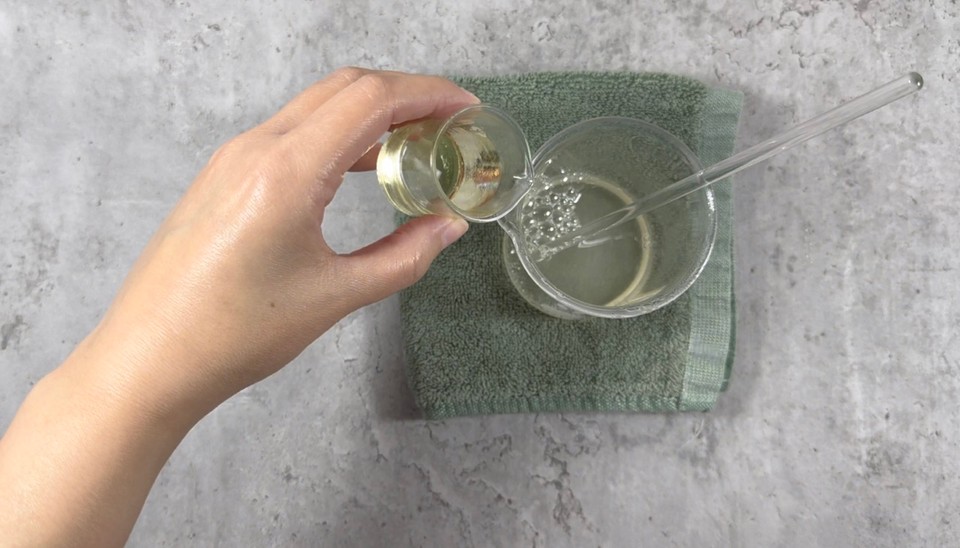
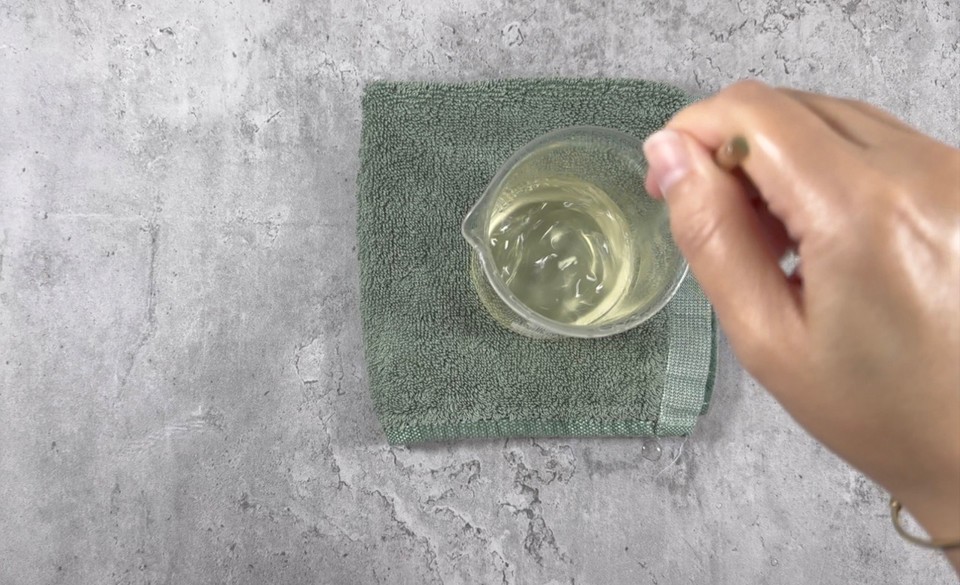
- Pour into a container and let it cool down to room temperature.
